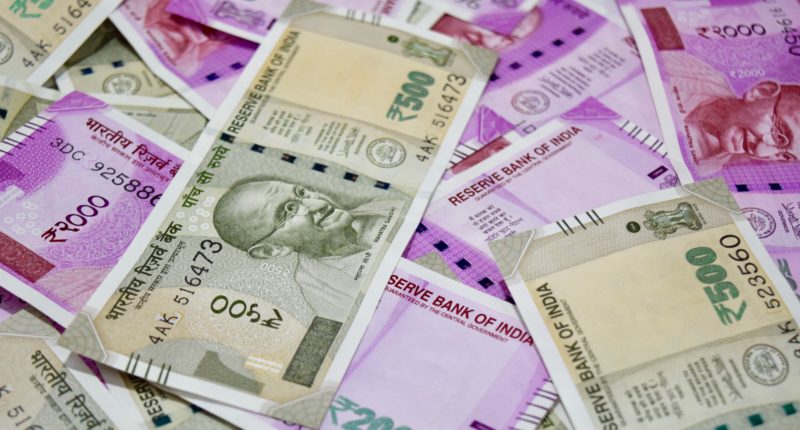The Ministry of Commerce and Industry released a statement on Wednesday stating the government’s measures to boost investment inflows in the fintech sector. It is said that India is one of the largest digital markets in the world with a fintech adoption rate of 87% as against the global average of 64%.
According to industry estimates, India has over 676 million smartphone users, 825 million internet subscribers, and over 1.2 billion telecom subscribers as of March 2021. Digital payment transactions in India have witnessed a giant leap over the last three years from 2,071 crore in FY 2017-18 to 5,554 crore in FY 2020-21. There have been over 5179 crore transactions already done in the current year.
India also has a massive startup ecosystem, currently in third place globally. The Department for Promotion of Industry and Internal Trade (DPIIT) recognises 59,593 startups, of which 1860 belong to the fintech sector. 17 fintech companies have already become unicorn companies with a valuation of more than $1 billion.
The Government of India has come up with several measures to increase investment inflows in the fintech sector. The statement, given as a written reply in the Lok Sabha, highlighted the key initiatives taken by the government for the fintech ecosystem in India-
- Jan Dhan Yojana, a scheme targeted at increasing financial inclusion, helps in new bank account enrollment of beneficiaries for direct benefits transfer and accessibility to several financial services applications. This helps fintech startups build technology products to penetrate the consumer base in India.
- Aadhar, the biometric identification system, allows an Aadhar-enabled payment system and Aadhar payment bridge system. The former helps individuals transact on a micro-ATM by furnishing their Aadhaar numbers and verifying the same by scanning their fingerprint/iris. The Aadhar payment bridge system allows bulk and recurring government benefits and subsidy payments. It also facilitates operations from Aadhaar-linked bank accounts with the help of biometric authentication.
- India Stack is a societal initiative for building the public digital infrastructure that will promote public and private digital initiatives, including the accelerated adoption of technology in finance.
- The government has developed and rolled out authentication solutions that include digital KYC, digital signature on documents, and video-based customer identification processes. This has helped create various safeguards and a hassle-free system for both fintech startups and customers to leverage technology-enabled solutions in the sector.
- The government has developed a central repository called Central KYC to reduce the hassle of undergoing multiple KYCs for different financial institutions.
- The KYC and customer onboarding costs have been significantly reduced, contributing to expanding financial services to rural India.
- UPI was built as a scalable payments platform to support digital payments in India.
- Licences for payment banks have helped enhance financial inclusion by setting up payments banks and expanding access to payments and remittance services. The RBI has also increased the maximum end of day balance for payment banks to Rs.2 lakh.
- The RBI has developed a Payments Infrastructure Development Fund (PIDF) scheme to subsidise the deployment of payment acceptance infrastructure in Tier-3 to Tier-6 centres.
- The National Automated Clearing House System is being successfully used for making bulk transactions.
- The Bharat Bill Payment System has made bill payments across utilities and other segments far more convenient.
- The IRDAI has undertaken several initiatives towards boosting insurance penetration. Some measures include insurers conducting video-based KYC, launching standardised insurance products, and allowing insurers to reward low-risk behaviour.
- A world-class fintech hub has been set up at the International Financial Services Centre (IFSC), GIFT City in Gandhinagar, Gujarat, to strengthen the vision of making India a global fintech hub.
The statement also said that the government has also put several measures for startups, such as a liberal and transparent policy to attract Foreign Direct Investment (FDI). The government is working to reduce the compliance burden to spur investment in India. Based on data uploaded on the regulatory compliance portal, over 25,000 compliances have been reduced by the central ministries and departments and states/Union Territories combined.
For any clarifications/feedback on the topic, please contact the writer at athena.rebello@cleartax.in

I’m a Chartered Accountant by profession and a writer by passion. ClearTax lets me be both. I love travel, hot tubs, and coffee. I believe that life is short, so I always eat dessert first. Wait.. life is also too short to be reading bios… Go read my articles!




